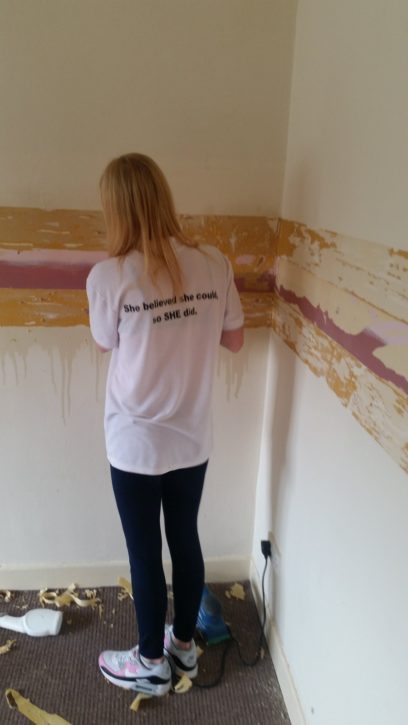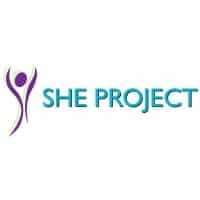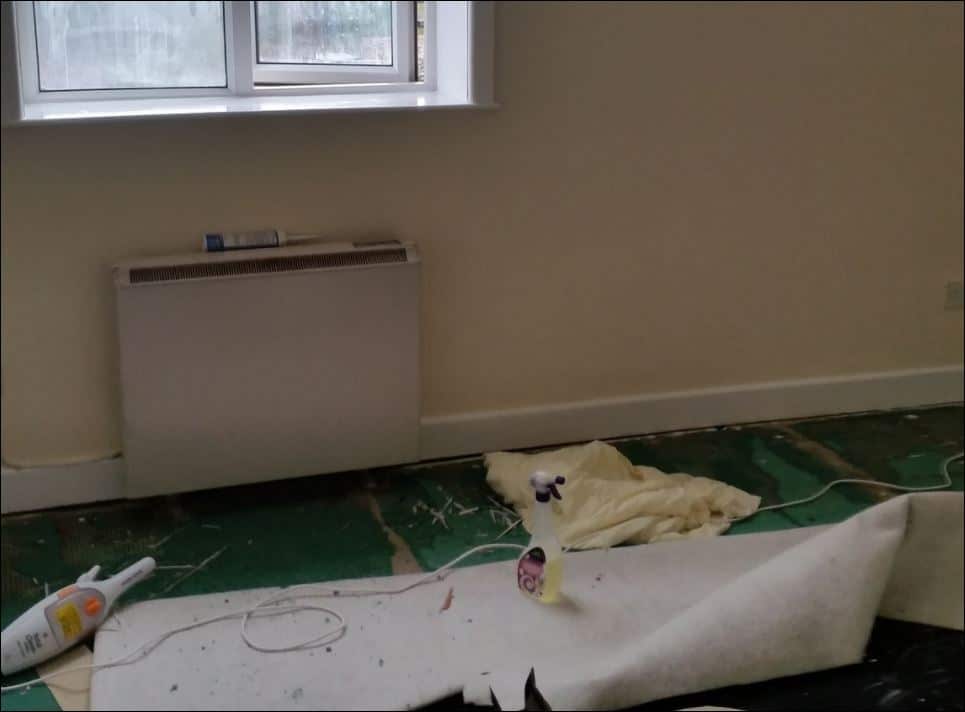This is the sixth in the turnaround series of guest posts written by ex-offenders who have turned their lives around and now work, in one way or another, in the criminal justice sector.
Today Tracey McMahon tells how she channeled the anger and frustration she felt at her treatment by the criminal justice system into developing a new accommodation service for offenders.
Sentencing
In 2013, my sentence was handed down to me. I was first sentenced in 2011 to 18-weeks in prison suspended for a year and I walked out of court and within a week, I committed a second crime.
My case was an unusual case. My second crime was suddenly scooped up at the same time when the changes came in for what is now called Transforming Rehabilitation. M’Learned friends were on strike. LASPO became influential in changes to Legal Aid, however for me, I watched and researched how LASPO began to eat away at our Justice System.
On the back of my second sentence, when I was homeless, the Crown Court Judge stated it was pointless sending me to prison. The value of a robust and thorough pre-sentence report is not to be understated here. It is imperative also that a suspended sentence is not to be under estimated. A suspended sentence is not a slap on the wrist, this poorly reported sentencing option carries just as much weight as a custodial sentence.
Unusually, my second sentence came without an attachment of a supervision order. My pre-sentence report identified that Probation could do nothing for me. Therefore, the conditions of the suspended sentence licence were unconditional. The completion date for the suspended sentence was June 11 2014. On June 12 2013, I walked out of court, a homeless woman with my belongings in a bin bag.

The Barriers to Accommodation
However, the biggest and most important journey, is the one I have undertaken as a woman and a mother since my experiences in the CJS. As a woman, and a mother, I have watched how the CJS descended into an abyss of mystery since the Transforming Rehabilitation reforms ate their way through the Probation Service. The introduction of Through the Gate is still in 2017, bedding itself in and remains a controversial area. This area however, requires a separate debate.
Despite my homeless status, I was able to have a sofa at my mother’s home. From a second-hand sofa, I re-engaged with former clients to build up enough money for a deposit for a home of my own. As a homeless person, I was told to present at the Local Authority Housing Needs Department. After completing endless forms, I was informed I did not qualify for a homeless duty as I had made myself intentionally homeless. I was also informed I did not have a local connection as I was out of area.
This set the precedent for researching homeless strategies of Local Authorities and their remit of people leaving prison. This led me to the Localism Act of 2011 and the lessening of Local Authority duty of care for prison leavers. From here, I began to develop what was to become The SHE (Support & Housing East) Project for women affected by the Criminal Justice System.

Released women prisoners stripped of motherhood
Living in my childhood town three decades later, as a homeless woman and a mother, I began to research how women in prison were facing monumental barriers to accommodation on leaving prison. Furthermore, I began to research how Mothers leaving prison faced a particular set of barriers if their children were in the care of family or the care of the Local Authority. The further I researched, the murkier the situation became. But one area stood out, that a Mother on seeking accommodation leaving prison would be treated as a single person without dependents. She was to therefore face little hope of being able to care for her child/children as accessing stable, affordable and suitable accommodation was at best slim. My situation became null and void as I did not have dependent children. They were both living with their father in the South. That did not stop me being a Mother. Mothers in the Criminal Justice System are a minority, yet the impact on their children reaches far and wide. I realised this was an area that was vastly under-reported and from there, I began to develop a service. It was then, I started to understand the barriers I faced as a woman with convictions. Furthermore, I was a woman with dishonesty convictions. Yet, I overcame this barrier through tenacity.
I began to network and source funding. During my sentence, I was refused endless meetings due to me having convictions of fraud. Set back after set back, I stumbled through, blogged and researched further while working as a copywriter and a translator. I saw very little on accommodation on leaving prison for any person, but I knew it was a problem for not only women, but men despite there being historical research that stable accommodation was effective in reducing re-offending numbers. In October 2013, I was able to move into my own home. I spent the next nine months forming what is now SHE Project’s back office infrastructure still not knowing how this would be pulled off.
In July 2014, following the completion of my sentence – I sourced a small office in Burnley – an empty room with two filing cabinets. Three friends worked with me in forming what would become our base and on September 1 2014, SHE Project opened her doors. A local construction company offered a three-bedroomed property and this was full within one week of three women leaving prison.
Since that day, SHE Project has branched out into helping families of prisoners in our local community. Notwithstanding the struggles as a small organisation, SHE Project has experienced, there is a robust team around her now. SHE Project remains small but has helped and accommodated 39 women in three years leaving prison and has been instrumental in helping Mothers reunite with their children leaving prison.
SHE introduces a new way of talking about desistance:
Rehabilitation is not a word we use here. We take the view that you do not need to be rehabilitated. You have not reached a point of no return. So we like to call the support we give, Habilitation.

The Future
SHE Project has explored other areas of the barriers women and men face – while Mental Health features highly on The Prison Reform agenda, SHE Project focuses on overall General Health and Wellbeing. The team demonstrate that areas such as oral care, eye care and Primary Health Services in prisons are vastly overlooked. Cervical screening for women in prison is an area we are currently researching. Women in Prison are the demographic group most at risk from cervical cancer due to lifestyles the tabloids pour scorn on.
In September 2015, I was awarded a bursary from The Griffins Society to research the barriers women and girls in prison face in accessing accommodation. This small research study of women whom had experienced barriers is due to be published soon.
Despite well-intentioned reforms from the Government with Transforming Rehabilitation and Through The Gate services, the biggest barriers prison leavers face is that of secure, stable, affordable and long-term accommodation. It is one area that needs a strategic reform with Prisons and Local Authorities.
You can find out more about Tracey & the SHE project here
You can follow Tracey on Twitter @MAFTC









3 Responses
Ӏt’s truly a nice and useful piece of information. I am happy that you shared this helpful
info ᴡith us. Please keep us up to date like this.
Thanks for sharing.
Nice post. I learn something new and challenging on blogs I stumbleupon every
day. It’s always exciting to read content from other authors
and practice something from their websites.
I got thіs site from my buddy who told me concerning this web page
and now this time I am visiting this weƄ pagе аnd reading verʏ
informative content here.